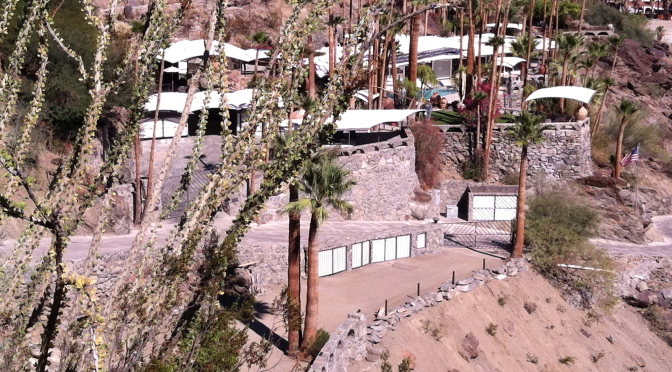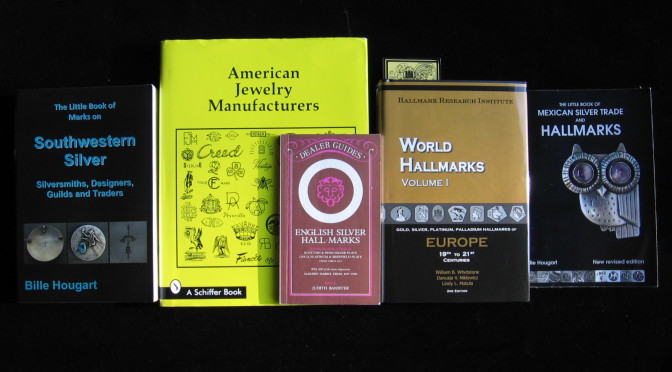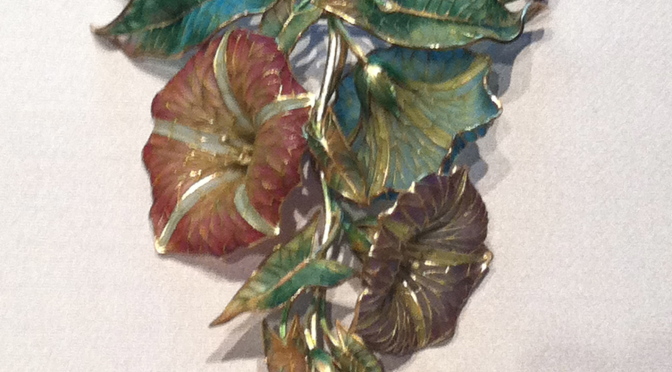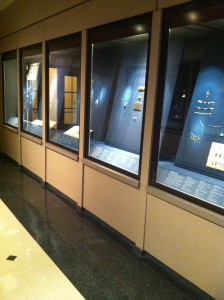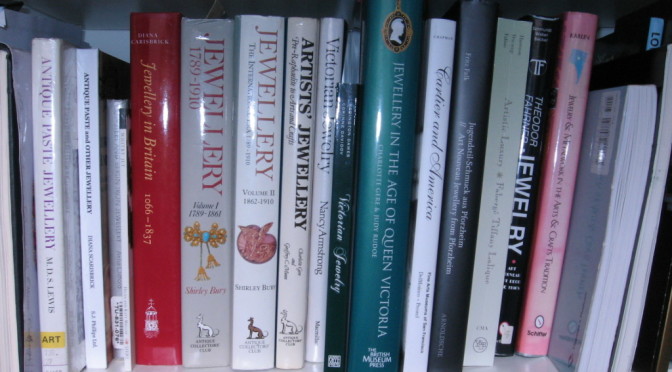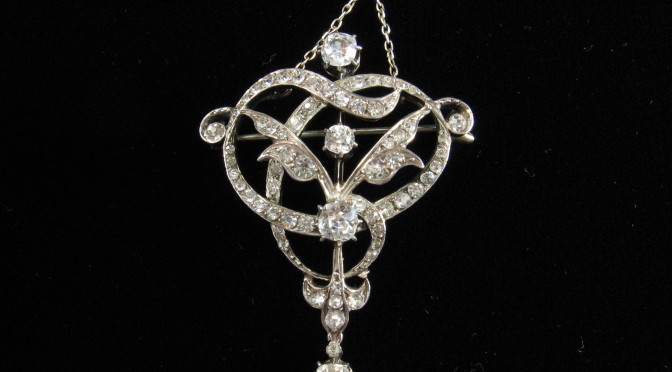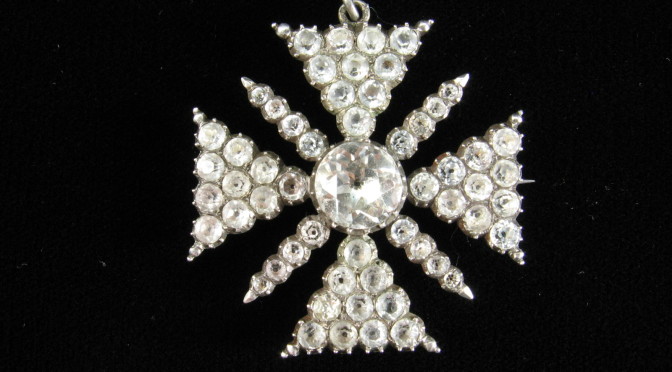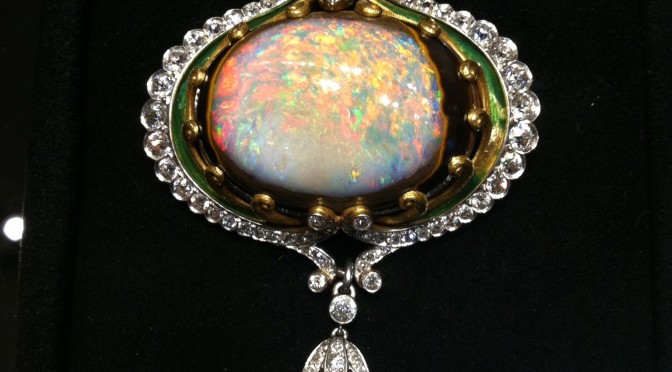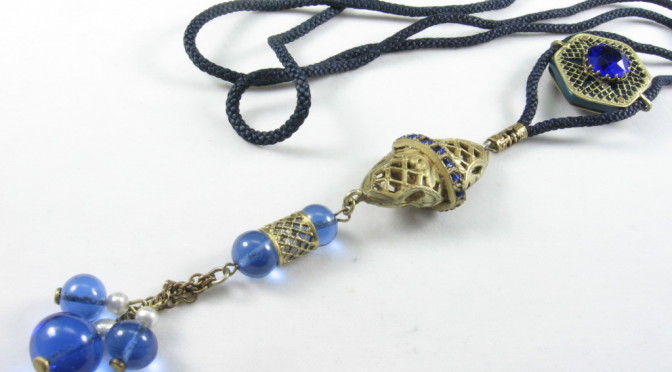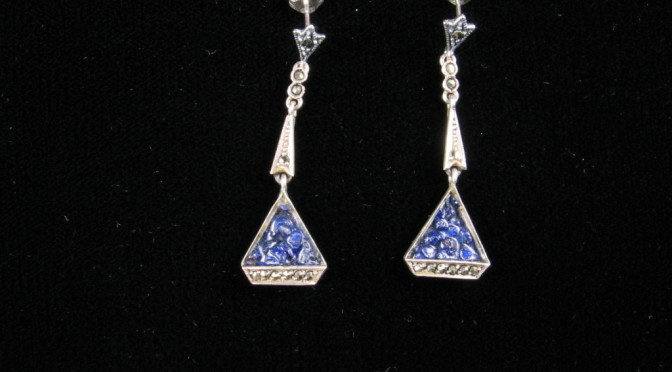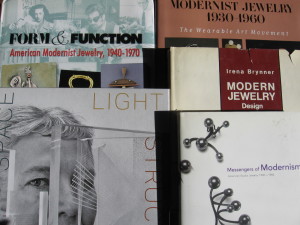 “Modernist Jewelry” refers to jewelry produced by studio jewelers of the mid-20th century who were influenced by modern art movements; these jewelers were consciously breaking away from prevailing notions of “fine” and “costume” jewelry, intent on creating pieces that were miniature works of art. The books below focus mostly, but not exclusively, on work produced by studio jewelers in the United States. However, it is important to remember that modernist jewelry was also produced in Scandinavia, Mexico, and other parts of the world and that manufacturers of both costume and fine jewelry were influenced by the studio jewelry movement and created pieces in the modernist style.
“Modernist Jewelry” refers to jewelry produced by studio jewelers of the mid-20th century who were influenced by modern art movements; these jewelers were consciously breaking away from prevailing notions of “fine” and “costume” jewelry, intent on creating pieces that were miniature works of art. The books below focus mostly, but not exclusively, on work produced by studio jewelers in the United States. However, it is important to remember that modernist jewelry was also produced in Scandinavia, Mexico, and other parts of the world and that manufacturers of both costume and fine jewelry were influenced by the studio jewelry movement and created pieces in the modernist style.
Follow

